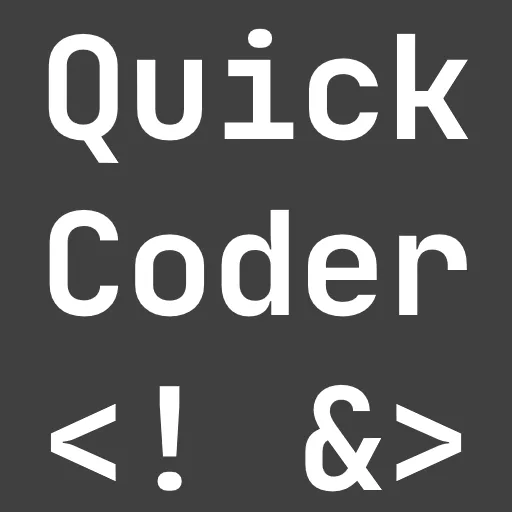Here is an introductory guide on how to use Behaviour-Driven Development with C# and SpecFlow in a .NET application.
Behaviour-Driven Development (BDD) is a technique of agile software development to ensure that the requirements of the software to be developed are fulfilled. To achieve this a special syntax called Gherkin (see below) is used to write down the specification which then can be translated by tools into test case skeletons. The developers add the test code and write/enhance the application until the test passes. A big advantage is that stakeholders, customers, business analysts, requirement engineers, all parties of a project can provide tests. Here is how to use Behaviour-Driven Development with C# and SpecFlow.
BDD Key features
- Everyone can provide test cases
- Test cases are easy to read
- Good tool support for automation
- Developers need less domain knowledge
- Developers can focus on writing tests and features instead of finding test cases
- Project documentation on the fly
What about Test-Driven Development (TDD)?
Simply put, if software developers use the TDD technique, they first create unit tests based on the requirements or the specification of the software or feature. Afterward, they enhance the software until the tests will eventually pass. For more details read the following article.

You can use BDD and TDD in combination. The main difference is that with TDD the developer creates the test cases and with BDD every person related to the project can supply tests with the common Gherkin syntax.
Gherkin syntax
The Gherkin syntax is a way to describe test cases. You can see it in the example below. It consists of keywords at the beginning of each line followed by explaining text.
Feature describes a high-level software feature and is used to group scenarios. A Scenario is a test case for the feature. It consists of preconditions (Given), actions (When), and assertions (Then). There are many possibilities to provide more detailed information but the basic set of a feature file looks like this in Gherkin syntax. To make it more natural, identical keywords can be chained by and. So instead of
Given ...
Given ...
Given ...you can write
Given ...
And ...
And ...Feels like talking, doesn’t it? ?
Want More Flutter Content?

Join my bi-weekly newsletter that delivers small Flutter portions right in your inbox. A title, an abstract, a link, and you decide if you want to dive in!
From Text to Code
Ok, we have our text file in Gherkin syntax. To create test case skeletons we need an extension for Visual Studio called SpecFlow. It’s an open-source project to enable BDD in .NET environments and will save you a lot of typing. The extension is available for Visual Studio and Rider. I will explain the procedure with the Visual Studio extension.
You can install the extension from the Visual Studio Marketplace (or follow this video guide for further assistance).
SpecFlow works with a .feature file (a simple text file with the ending .feature) that contains the Gherkin text and a binding file (a C# code file) that contains the actual C# test code. Every line in the feature file is mapped to a call of a method in the C# file. Based on the image above our C# file should have 7 methods (some lines are identical and share the same code).
To generate the binding file add the feature file to your project (or write it from scratch), open it, right-click in the editor and choose Define Steps. This command will create the file for you.

It is good practice to have one binding file per feature file. If you add tests later, then the Copy to clipboard button is your friend which will allow you to insert the bindings into an existing file.
Writing the tests
The binding file contains methods without a body (or just a placeholder). The task is now to fill the body with a reasonable test code. A Given method is supposed to prepare data like setting up a database or starting a service. A When method should perform user or system actions like clicking a button or writing text in fields. A Then method finally ensures that the outcome of the action combined with the preconditions fulfills the expected behavior. See the example code below for inspiration.
Executing the tests
When you build your project, the test runner will find the new tests. For every feature file, there will an auto-generated code after the build.
To run the tests, you need to install some Nuget packages first (see images below).
SpecFlow is always required in your test project
- SpecFlow.NUnit is required if you are using NUnit to write your tests
- SpecFlow.xUnit is required if you are using xUnit to write your tests
- SpecFlow.MsTest is required if you are using MsTest to write your tests


The test explorer shows detailed information about at what step a test failed. To enhance debugging it is even possible to put breakpoints in feature files.

Quick summary
In this article, you learned how to use Behaviour-Driven Development with C# and SpecFlow.
- Install SpecFlow extension for your IDE (Visual Studio)
- Install SpecFlow Nuget packages in your test project
- Create a feature file and write your tests in Gherkin syntax
- Create the step definitions
- Implement the test methods
- Run the tests
Source code
You can find the source code on GitHub.
Related articles





